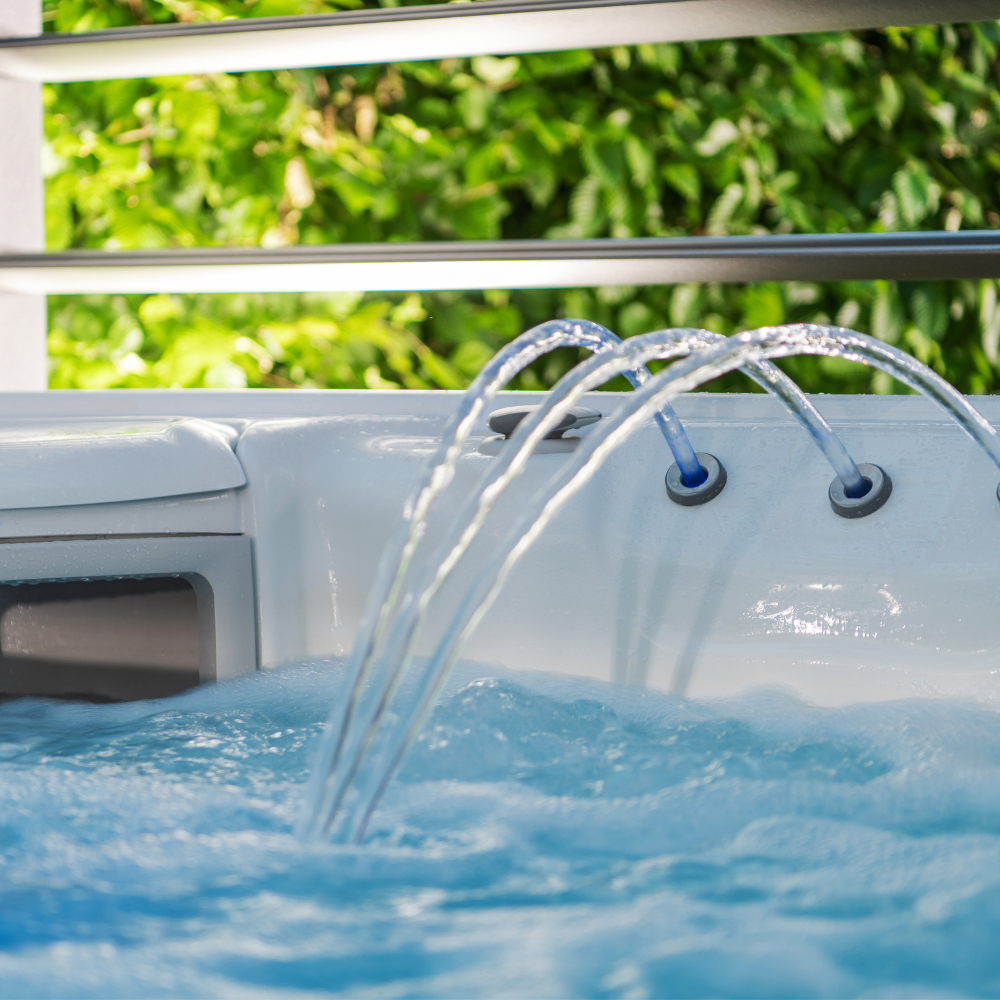Learn the seven warning signs of hot tub water problems and the quick fixes that keep soaking safe, clear, and comfortable.
Hot tubs are supposed to be relaxing, not confusing. Yet, your spa water is always dropping clues. Spotting red flags early prevents itchy skin, cloudy water, and expensive drain-and-refill cycles. Here are the top seven warning signs — and what each one really means.
Red Flag 1: Water Turns Cloudy Overnight
What It Means: Sanitizer dropped below effective levels. Bacteria and organics multiplied quickly.
Fix: Shock the tub, run jets for at least 8 hours, and clean the filter the next morning.
Red Flag 2: Foamy Surface
What It Means: Residue from lotions, hair products, or laundry detergents.
Fix: Add a foam reducer for short-term relief, but plan a partial drain and refill if it returns.
Red Flag 3: Strong Chemical Smell
What It Means: Combined chlorine (chloramines) building up.
Fix: Shock with a non-chlorine oxidizer and increase aeration.
Red Flag 4: Slippery Surfaces
What It Means: Biofilm forming in pipes and on acrylic.
Fix: Use a line purge product before your next drain.
Red Flag 5: Irritated Eyes or Skin
What It Means: pH drifting too high or low.
Fix: Test and correct alkalinity, then pH. Comfortable range is 7.4 to 7.6.
Red Flag 6: Colored Water (Green, Brown, or Yellow)
What It Means: Metals in fill water reacting with sanitizer.
Fix: Add a metal sequestrant and filter continuously until clear.
Red Flag 7: Persistent Odor Even After Shock
What It Means: Deep contamination in plumbing lines.
Fix: Full drain and purge, scrub all surfaces, and replace filters.
Want more spa care basics? Visit Tub Time for deeper guides. If things go wrong fast, check Quick Fixes. For safety and health info, see the CDC hot tub safety guidelines.
FAQ
Why does foaming keep coming back
It usually means buildup in the water. A full drain and refill every 3–4 months resets the system.
Do I shock with chlorine or non-chlorine
Both work. Non-chlorine is better for weekly maintenance, chlorine shock is better after heavy use.

